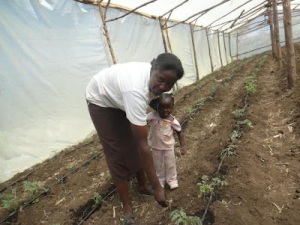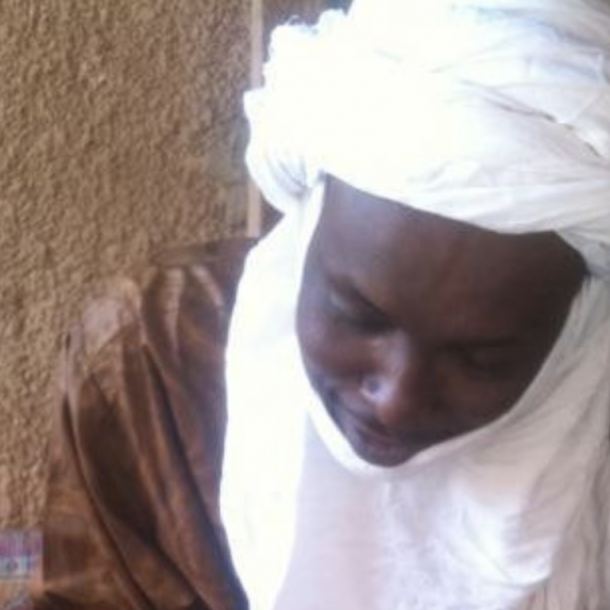Two years ago, we opened our lending platform to the public. Currently, Zidisha lenders have raised $140,599 in microloans for 253 businesses in Africa and Asia. So many great comments are being posted on Zidisha.org each day from borrowers, lenders, interns and volunteers. We have created this blog to easily share these great stories with the public as well as share Zidisha news, updates, and more.
Rahab Wanjira was one of Zidisha’s first borrowers in Kenya. With the help of her loan, her and her husband have constructed three greenhouses. Our Client Relationship Manager, Achintya, recently met with them:Hello lenders,
My name is Achintya Rai and I am Zidisha’s new Kenya Client Relationship Manager.
This Sunday (5th Feb 2012), I went to the village of Kianjoya to visit Rahab Wanjira. Rahab’s husband James Ngure is a teacher in Mugaa Secondary School, where I am putting up. When I visited their home I met James in his work clothes, tending to his farm. He was the one who explained the business and its functioning to me.
If I were to use one word to describe James, I’d call him no less than a ‘visionary’. There are certain people who have that spark that employment advertisements profess to look for. I feel very strongly that James has that spark of brilliance. The things he is doing with the resources he has at this remote location are remarkable.

James has been working in the school for around 8 years. 4 years ago he decided to settle near here and bought this piece of land in Kianjoya. He did not know what else to do with the land so he and Rahab farmed it like everyone else to grow crops typical to here. Rahab also bought a shop in Mitimingi, which she used to take care of. They took their first Zidisha loan to stock this shop.
A year ago, James and Rahab attended a seminar in Naivasha. That is where they got the idea of constructing a green house and using drip farming to irrigate the crops. A green house kit being sold at the seminar cost around 210,000 Kenyan Shillings. James investigated further after returning and was able to construct his first green house (15m x 8m) in around 50,000 shillings. They sold their shop in Mitimingi to arrange for this money.
The returns from the first green house were so tremendous (James claims that a tomato crop inside the green house gives FIFTY TIMES more returns than a tomato crop the same size outside the green house) that they have now decided to gradually bring their whole farm under a green house. They used their second Zidisha loan to increase the acreage under greenhouse and to buy a drip irrigation kit. Now they have three green houses, all using drip irrigation and all made from local materials (polythene/plastic sheeting and local wood logs).

James has dug two tanks in the farm to collect rainwater. He directs water flowing on the road into his farm to collect it into these tanks, which he uses to drip-irrigate his crops for the whole year.
His future plans include lining his tanks with ‘dam liner’, which is a plastic sheet that prevents water from being absorbed by the soil.
When one is in the presence of wisdom, one tends to test his own (perhaps not everyone, just men)- so I asked him that why didn’t he try keeping fish in his tanks to supplement his income. He nodded solemnly and said it was a good idea (I am sure he was smiling in his heart, but is too big a man to smile on my face).
I also met Rahab and James’ little daughter Gladys, who didn’t smile at me till the very end, when I pulled her cheeks.
Achintya
Mugaa Village, Kenya
7th Feb 2012


